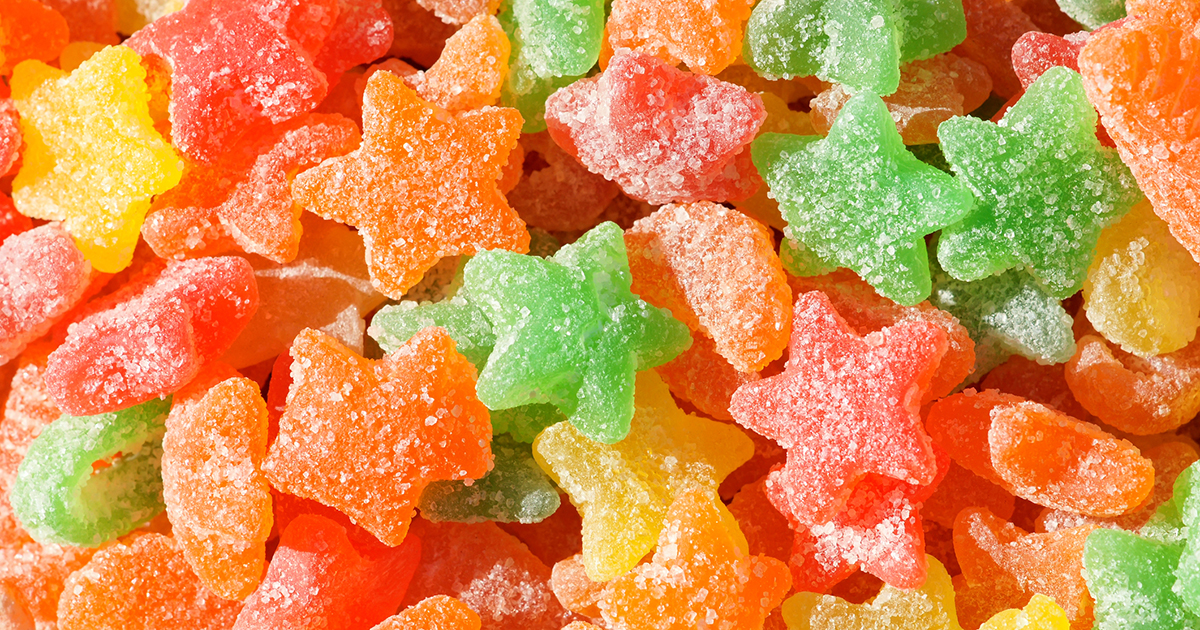Common Everyday Toxins To Avoid
Artifical Food Coloring & Dye

Artificial food colors and dyes are often used in candy and baked goods to give them their vibrant colors. While children and parents alike often find foods made with artificial food coloring and dye more appealing, the issue is that most have never been tested to determine the long-term effects. Of the dyes that have been tested, some come back with inconclusive results while others have been connected to hyperactivity and other behavioral problems in children.
The most common culprits are Yellow 5 and Red 40; however, other common dyes include Blue 1, Blue 2, Green 3, Orange B, Red 3, and Yellow 6. Artificial colors are most common in candies and baked goods, but some companies also put them in beverages, pet food, and even some meat products. To avoid the effects of artificial food coloring and dye, look for foods without any additives and try your hand at naturally coloring foods at home with things like fruits and vegetables.
Ammonia

While most people know to avoid direct exposure to high concentrations of ammonia, few people realize how common the chemical is in household cleaning products. The chemical is found in everything from plastics to fabrics, dyes, and household cleaning solutions. While some individuals are more sensitive to the chemical than others, anyone can experience negative side effects from the toxin. The most common form of exposure is inhalation that can cause eye, nose, skin, throat and respiratory irritation. Over time, the chemical can even contribute to bronchial and alveolar edema as well as respiratory disorders.
The chemical is most commonly found in polishing agents, such as those used to clean windows, bathroom fixtures, sinks, and jewelry. The chemical evaporates cleanly without leaving any streaks behind, which is why it’s often chosen for such cleaning products. Vodka is an effective alternative to ammonia if you’re cleaning a metal or mirrored surface. Likewise, toothpaste can be used as a safe silver polish.
